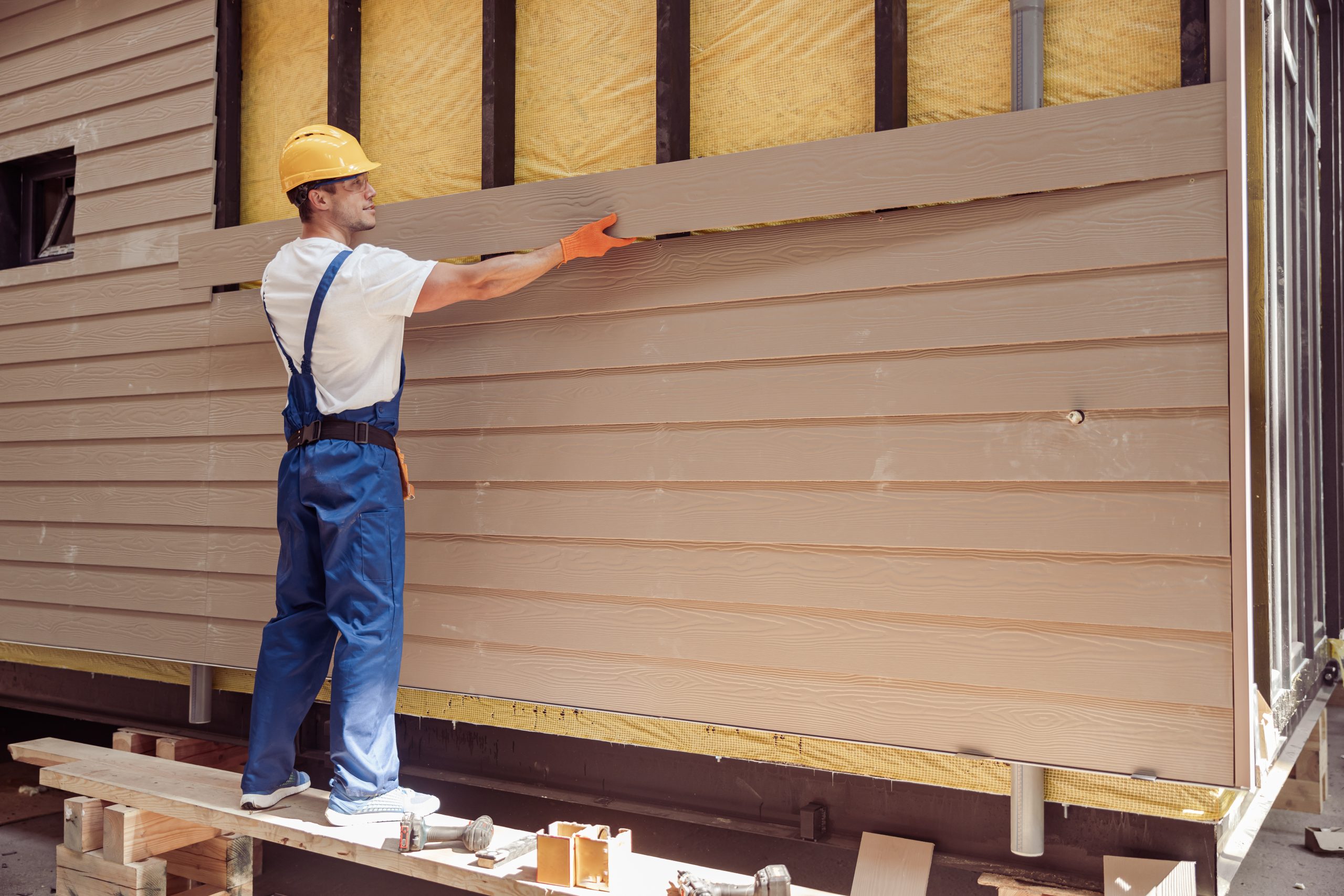Choosing the right siding for your home is a major decision, as it impacts both the appearance and durability of your house for years to come. Two popular siding materials that homeowners frequently consider are vinyl and fiber cement. Both have their advantages. When it comes to long-term performance, the material you choose can make a significant difference. In this article, we’ll compare vinyl and fiber cement siding to see which one truly stands the test of time.
Durability and Longevity
One of the most important factors in determining how long siding will last is its durability. Both vinyl and fiber cement siding are designed to protect your home from the elements, but they differ in how well they withstand extreme conditions.
- Vinyl Siding: Vinyl is made from polyvinyl chloride (PVC), a plastic material that resists moisture and rot. However, vinyl siding is susceptible to cracking, warping, and fading over time, especially in areas with extreme weather conditions. Prolonged exposure to direct sunlight can cause the color to fade, and vinyl can become brittle in very cold temperatures, leading to cracks or breaks. It also tends to warp under high heat, which can be a problem in hotter climates.
- Fiber Cement Siding: Fiber cement is a composite material made of cement, sand, and cellulose fibers. It is extremely durable and can withstand harsh weather, including high winds, heavy rain, and freezing temperatures. Fiber cement is also resistant to fire, pests, and rot. Unlike vinyl, it doesn’t warp in extreme heat, making it a better option for homeowners in hot climates. With proper maintenance, fiber cement siding can last 50 years or more, significantly outlasting vinyl in terms of longevity.
Maintenance Requirements
The level of maintenance required for siding plays a crucial role in its overall longevity. Siding that requires frequent upkeep can be both time-consuming and costly in the long run.
- Vinyl Siding: One of the key advantages of vinyl is its low maintenance requirements. It does not need to be painted or sealed, and cleaning it typically only requires a garden hose or power washer. However, if vinyl siding becomes damaged (such as from hail or flying debris), individual panels may need to be replaced, which can become cumbersome over time.
- Fiber Cement Siding: While fiber cement is more durable, it requires more maintenance than vinyl. It generally needs to be repainted every 10 to 15 years to maintain its appearance, and any cracks or chips should be repaired promptly to prevent moisture from seeping in. Despite these maintenance tasks, fiber cement’s overall lifespan still exceeds vinyl due to its superior durability.
Weather Resistance
Both vinyl and fiber cement are designed to protect homes from the elements, but their resistance to specific weather conditions differs.
- Vinyl Siding: Vinyl siding holds up well against moisture and does not rot, but it can be damaged by high winds or impacts from debris, which can cause cracks or dents. In colder climates, it may become brittle and crack more easily.
- Fiber Cement Siding: Fiber cement is highly resistant to all types of weather, including heavy rain, wind, and snow. It is particularly beneficial in regions with frequent storms or extreme temperatures. Additionally, its fire resistance is a major advantage, especially in areas prone to wildfires.
Aesthetic Longevity
Another factor in determining which siding stands the test of time is its ability to retain its appearance.
- Vinyl Siding: Over time, vinyl siding can fade, especially in areas with intense sunlight. Once the color fades, it cannot be repainted, and replacing panels may be necessary to maintain the home’s aesthetic appeal.
- Fiber Cement Siding: Fiber cement offers long-term aesthetic appeal. It closely mimics the look of wood and can be painted in any color, which can be refreshed as needed. While it requires periodic repainting, fiber cement maintains its appearance better than vinyl over time.
Conclusion
When it comes to standing the test of time, fiber cement siding has a clear edge over vinyl. Its superior durability, resistance to extreme weather, fire resistance, and long lifespan make it an excellent choice for homeowners looking for a siding material that will last for decades. While vinyl siding is more affordable and requires less immediate maintenance, it is prone to damage and fading over time, making it a less durable option in the long run. Ultimately, the best siding for your home will depend on your priorities, budget, and climate, but for those focused on longevity, fiber cement is the clear winner.
